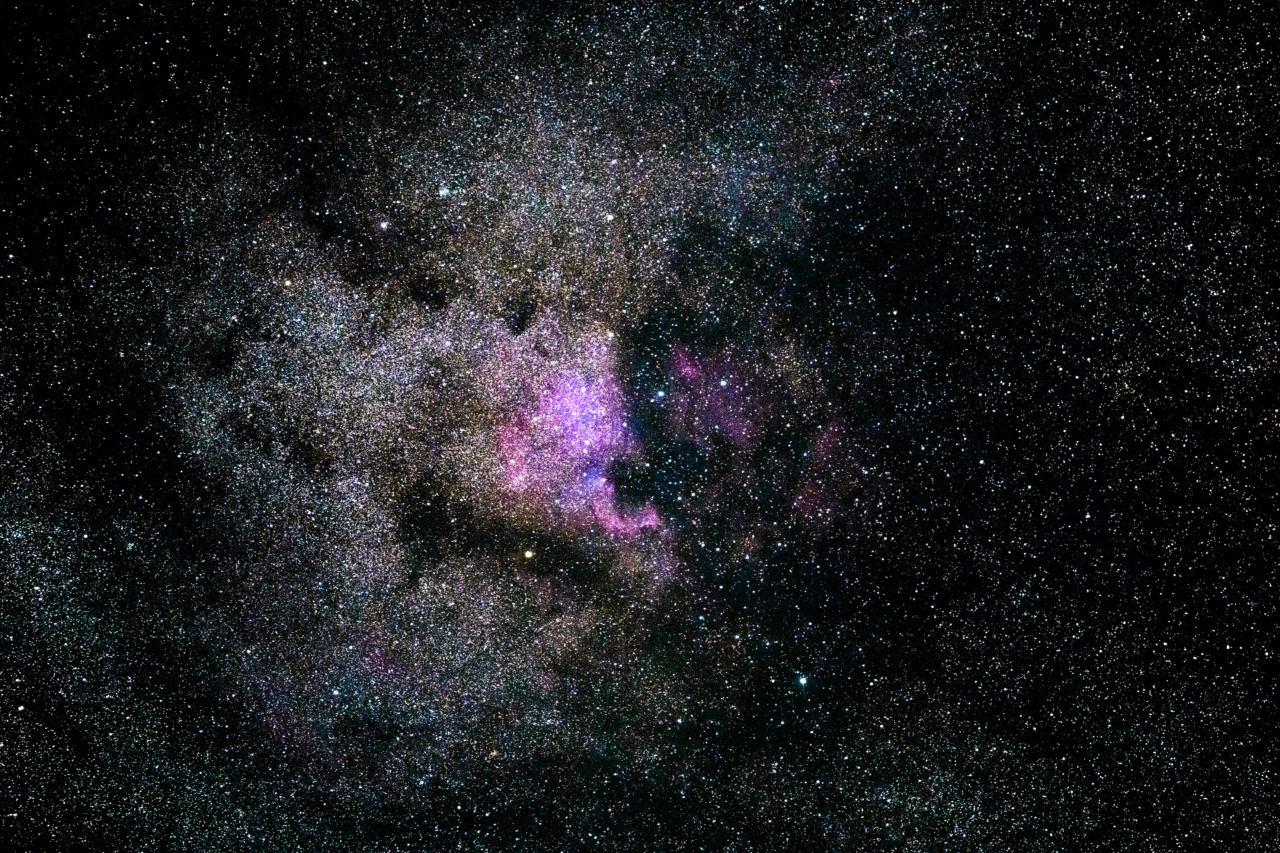Coffee, the beloved beverage that has become an integral part of many people’s daily routine.
Whether you enjoy it in the morning to kickstart your day, during a much-needed break, or as a delightful accompaniment to conversations with friends, coffee holds a special place in our hearts. While its flavor and aroma are widely appreciated, there is another characteristic that adds to the rich experience of coffee – its thick texture.
In this article, we will explore the sneaky science behind coffee’s thick texture and unlock the secrets that make it so unique.
The Role of Chemistry
When it comes to coffee, chemistry plays a significant role in shaping its texture. The key component responsible for the thick texture is none other than the mighty coffee bean.
A coffee bean is, in fact, the seed of the coffee plant, and it undergoes an intricate chemical transformation before it ends up in your cup.
Viscosity: The Measure of Thicker Textures
One characteristic that defines the thick texture of coffee is its viscosity. Viscosity refers to the measure of a fluid’s resistance to flow. The higher the viscosity, the thicker the substance feels.
When it comes to coffee, several factors contribute to its viscosity, including the ratio of coffee grounds to water, the brewing method, and the degree of roasting.
Extraction: Unlocking the Flavors and Textures
During the brewing process, flavors and textures are extracted from the coffee grounds and transferred into the water. This extraction process is a delicate balance of time, temperature, and pressure.
The water dissolves various compounds present in the coffee grounds, resulting in the extraction of oils, sugars, acids, and other flavorful molecules that contribute to the thick texture of the final beverage.
The Art of Roasting
The degree of roasting also plays a crucial role in determining the texture of coffee. Roasting coffee beans releases oils that contribute to the viscosity of the beverage.
Darker roasts tend to have a thicker texture due to the higher oil content, while lighter roasts may have a lighter mouthfeel. The roasting process is a careful dance between temperature and time, with each level of roast imparting its unique flavors and textures.
The Science of Emulsions
Coffee’s texture is further enhanced by the presence of emulsions. Emulsions are mixtures of two immiscible liquids, such as oil and water.
In coffee, the oils extracted from the coffee grounds form tiny droplets suspended in the water, creating a creamy and dense texture. These oil droplets also contribute to the flavor and aroma of the coffee.
The Water Factor
While coffee beans are the stars of the show, water also plays a vital role in determining the texture of your cup of joe.
The mineral content and hardness of the water used for brewing can influence the extraction process, which in turn affects the texture. Water with high mineral content tends to result in coffee with a heavier mouthfeel, while softer water may produce a lighter texture.
The Influence of Brewing Methods
The choice of brewing method can significantly impact the texture of your coffee. Different methods, such as French press, espresso, pour-over, or cold brew, have varying levels of extraction and filtration, resulting in distinct textures.
For example, espresso, with its short brewing time and high pressure, often produces a thick and creamy coffee with a velvety mouthfeel.
Mouthfeel: The Ultimate Sensorial Experience
The texture of coffee also influences the overall sensorial experience, known as mouthfeel. Mouthfeel refers to how a beverage feels in the mouth, including its thickness, smoothness, and creaminess.
Coffee with a thick texture can create a sense of richness and indulgence, adding to the pleasure of each sip.
The Perfect Balance
As with many things in life, achieving the perfect balance is key. While a thick texture can be desirable, too much viscosity can result in an overwhelming and heavy mouthfeel.
Achieving the ideal texture requires a delicate interplay of factors like bean variety, roast level, grind size, brewing method, water quality, and personal preference.
Exploring New Frontiers
Scientists and coffee enthusiasts alike continue to explore the fascinating world of coffee’s texture.
Ongoing research delves into the intricate chemistry and physics involved, uncovering new insights and techniques to enhance the texture of coffee. From altering brewing parameters to experimenting with different bean varieties, the quest for a perfect cup of coffee never ceases.
Coffee’s Texture: A Captivating Journey
Next time you savor a cup of coffee, take a moment to appreciate the intricacies behind its thick texture.
The sneaky science of coffee unveils a captivating journey that involves chemistry, extraction, roasting, emulsions, water, brewing methods, and mouthfeel. Coffee truly is an art form that engages our senses and brings joy to our daily lives.































